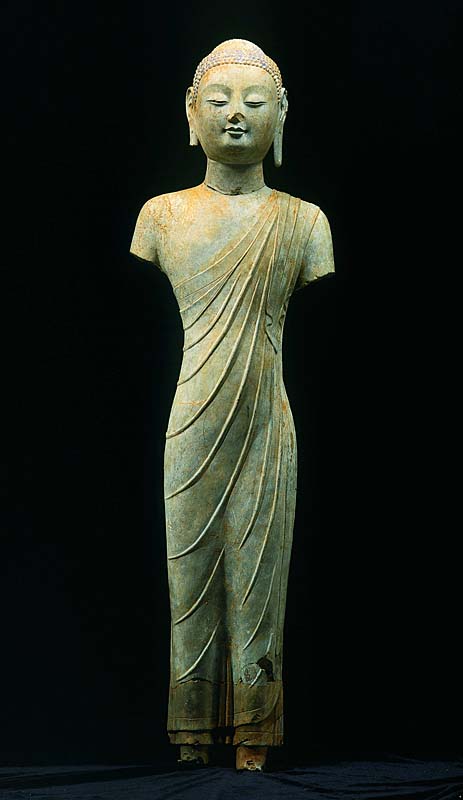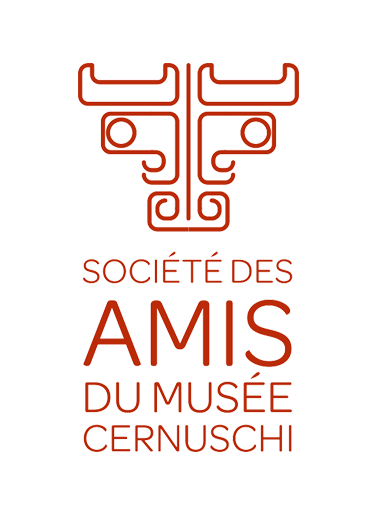Buddhas of Shandong
Buddhas of Shandong

Standing Buddha 3 Qi North.
In 1996, during urban developments in the Chinese city of Qingzhou, in Shandong1 province, diggers discovered in a sixty-square-meter pit, two meters deep, several hundred fragments of large Buddhist statues (the most high measuring more than three meters) neatly arranged.
A delicate restoration work allowed to reconstitute a large number.
All these works date from the sixth century, the culmination of Buddhist statuary in China.
High relief stelae present the Buddha2 surrounded by two bodhisattva3. Stylistically, they are characteristic of the end of the Northern Wei Dynasty (386-534) and the Eastern Wei Period (534-550). But statues of buddha and bodhisattva in the round, with an interiorized face and a garment characterized by a subtle drape molding the body, are also the work of the workshops of the Qi of the North (550-577).
These pieces, by their size, the refinement of their treatment, their exceptional state of conservation and the remains of their polychromy, constitute one of the summits of the Asian statuary. They are still unknown to the general public.
Their presentation for the first time in France, at the Cernuschi Museum, from 18 September 2009 to 3 January 2010, will be a milestone.
Press Release Exhibition Shandong Buddhas (PDF)
Press Kit Exhibition Shandong Buddhas (PDF)





